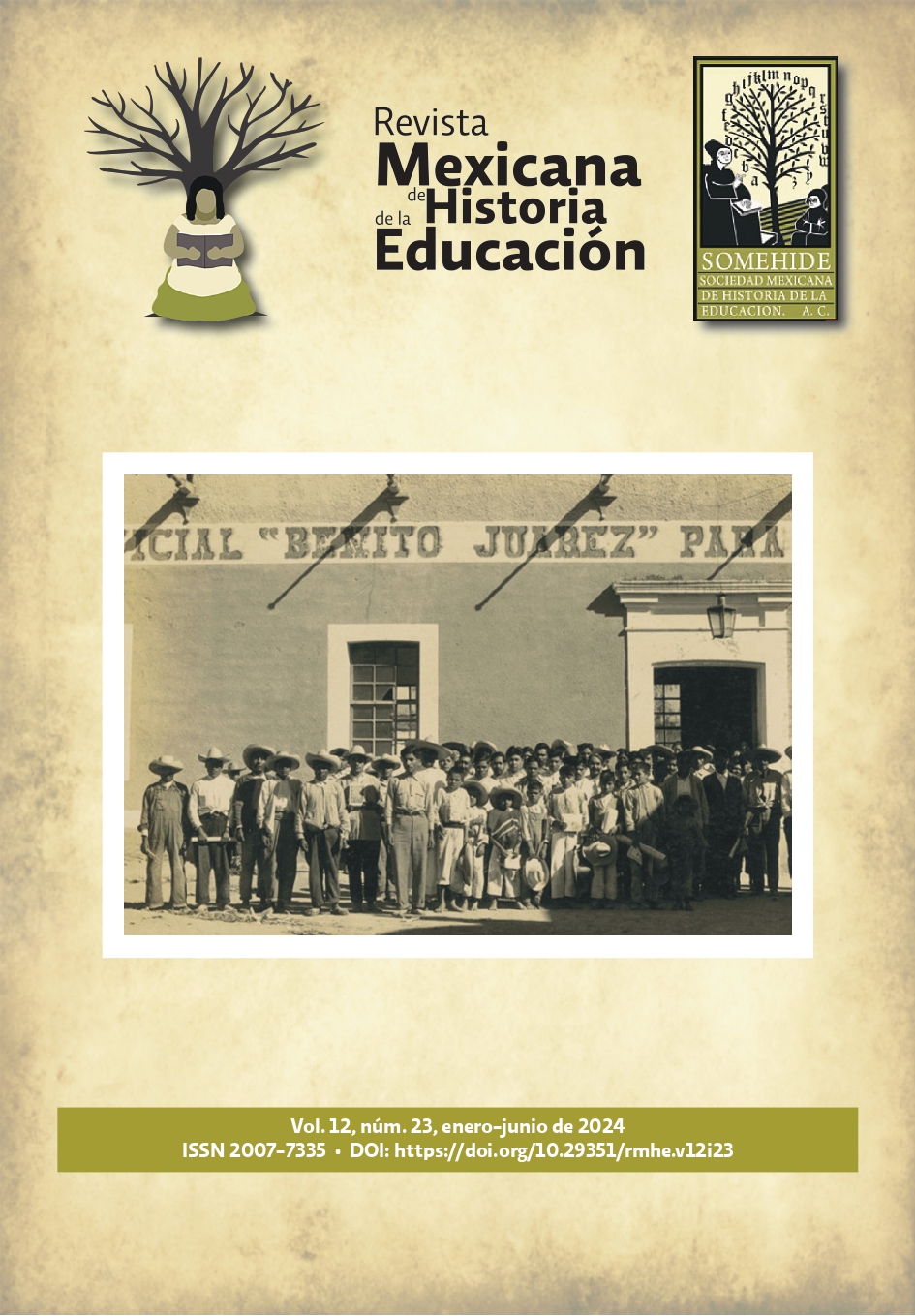Translatology in education. Paul Claudel’s “L’esprit et l’eau” translation confrontation: Rosario Castellanos and Miguel Ángel Flores
DOI:
https://doi.org/10.29351/rmhe.v12i23.579Keywords:
Education, poetry, Paul Claudel, translatologyAbstract
The recognition of translatology as a science since the 1970s has contributed to the creation of spaces for research in this field in educational institutions and to the professionalization of the practice of translation. The purpose of this article is to analyze, in the light of the methodology proposed by Antoine Berman, the translations by Rosario Castellanos and Miguel Ángel Flores of Paul Claudel’s poem “L’esprit et l’eau” contained in the work Cinq grandes odes: suivies d’un processionnal pour saluer le siècle nouveau (1936). The confrontation presents two ways of approaching poetic translation. The analysis is based on three dimensions: position, project and horizon of the translator. Such confrontation aims to extract the solutions provided by each of the translators, the first one without training in translation studies, the second one with extensive knowledge of translation studies..References
Antoine, G. (1959). Les cinq grandes odes de Claudel ou la poésie de la répétition. Lettres Modernes.
Berman, A. (1984). L’épreuve de l’étranger. Gallimard.
Berman, A. (1995). Pour une critique des traductions John Donne. Gallimard.
Biblia. Versión Reina-Valera (1960).
Castellanos, R. (1972). Poesía no eres tú. Fondo de Cultura Económica.
Castellanos, R. (2003). Álbum de familia. Joaquín Mortiz.
Claudel, P. (1936). Cinq grandes odes; suivies d’un processionnal pour saluer le siècle nouveau. Gallimard.
Fernández, F. (2022). Traducir como suena. Siglo en la brisa. https://sigloenlabrisa.com/2022/02/18/traducir-como-suena/
Flores, M. Á. (2003). Dos hermanos, dos destinos. Revista Casa del Tiempo. https://www.uam.mx/difusion/revista/may2003/flores.html
Flores, M. Á. (sel., trad. e introd.) (2011). Paul Claudel. Odas 2a. y 3a. (col. Material de Lectura, n. 110). UNAM. https://materialdelectura.unam.mx/images/stories/pdf5/paul-claudel-110.pdf
Gobierno de México (2014). Autores. Miguel Ángel Flores. Colección Periodismo Cultural. https://www.cultura.gob.mx/periodismo/autores/detalle/?id=64
Gràcia García, J., y Marci, J. (eds.) (2004). La llegada de los bárbaros. La recepción de la literatura hispanoamericana en España 1960-1981. Edhasa.
Mazaleyrat, J. (1979). Le verset claudélien dans Les Cinq Grandes Odes. Persée, 2, 47-53. http://www.persee.fr/doc/igram_0222-9838_1979_num_2_1_2527
Raková, Z. (2014). Les théories de la traduction. Mazarykova univerzita. https://hdl.handle.net/11222.digilib/130676
Ruiz, B. (2018). Miguel Ángel Flores: la fidelidad a la imagen. Casa del Tiempo, (50), 28-32. https://www.uam.mx/difusion/casadeltiempo/50_mar_2018/casa_del_tiempo_eV_num_50_28_32.pdf
Secretaría de Cultura (2013, 7 ago.). Rosario Castellanos, la primera en dar voz a quienes no la tenían: Dolores Castro. Gobierno de México. https://www.gob.mx/cultura/prensa/rosario-castellanos-la-primera-en-dar-voz-a-quienes-no-la-tenian-dolores-castro?state=published
Toury, G. (2004). Los estudios descriptivos de traducción y más allá. Metodología de la investigación en estudios de traducción. Cátedra.
Downloads
Published
How to Cite
Issue
Section
License
Copyright (c) 2024 María Estela Leyva Jurado, Jesús Erbey Mendoza Negrete

This work is licensed under a Creative Commons Attribution-NonCommercial-ShareAlike 4.0 International License.









